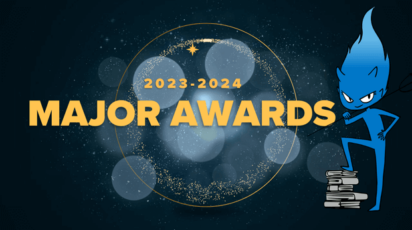News
Nobel Prize Lunch Forum
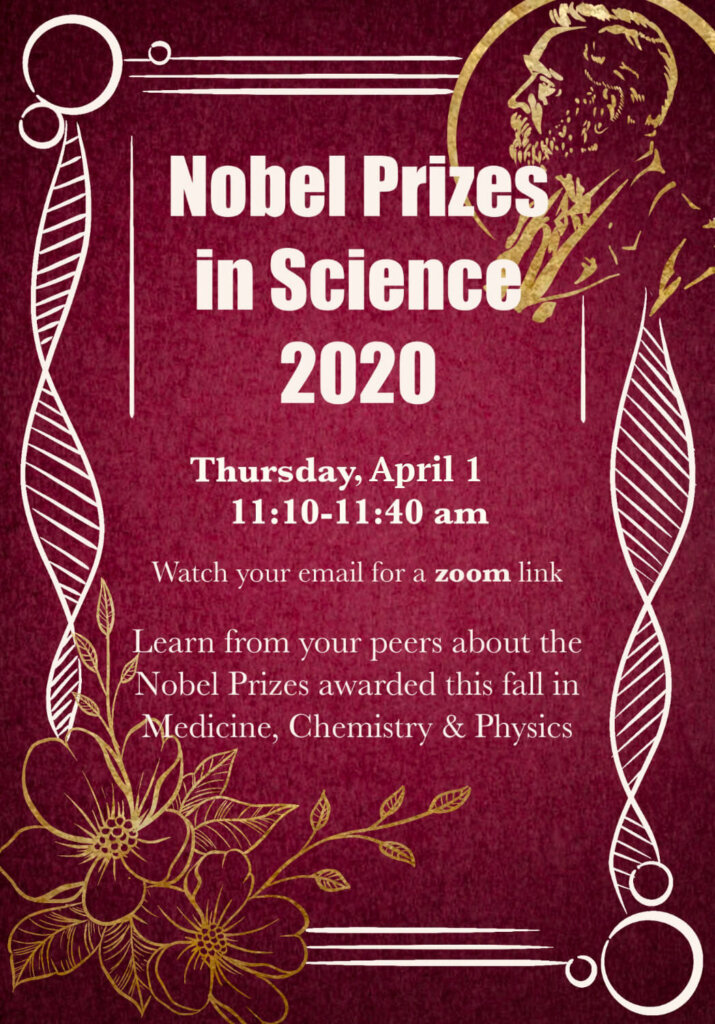
At Poly, even lunchtime can be an opportunity to learn about great discoveries in science.
On April 1, the Middle and Upper School community was invited to learn about groundbreaking developments in physiology, physics, and chemistry, at a Nobel Prize Lunch Forum via Zoom.
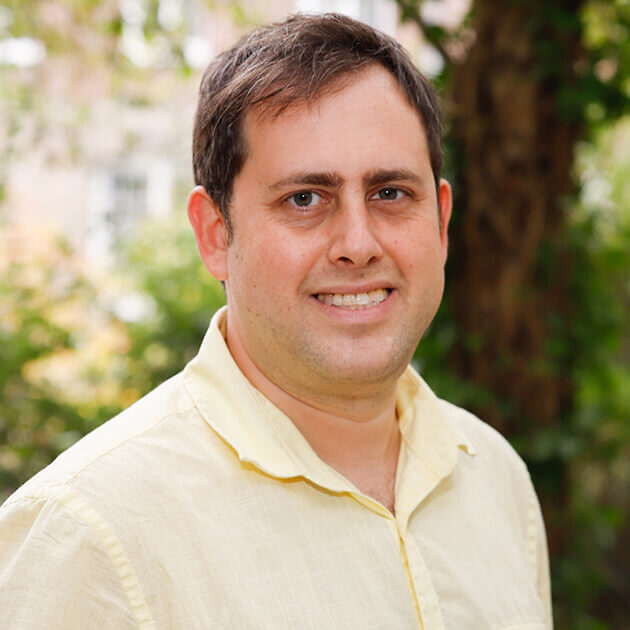
The Nobel Prize Forum came about because “we wanted to bring more science to the Poly community,” science teacher Matthew Futterman said. “The initial call for participants went out to students in Science Research and Writing, which I am teaching, and to Gail Horowitz‘s advanced chemistry students. Ultimately, the Science Research and Writing students decided that they would prefer to lead the forum as their research projects lined up well with the prizes.”
Futterman welcomed guests and briefly explained that Swedish engineer Alfred Nobel, who held many patents including for dynamite, left the bulk of his fortune to fund the Nobel Prizes in peace, science, and literature. Futterman said that Elizabeth Bentsianov ’21, Tyler Lupovici ’22, and Talia Bieler ’21 would be presenting about 2020 Nobel Prizes in physiology, physics, and chemistry, respectively. They included students who are part of Poly’s three-year Science Research program, which introduces students to rigorous research and experimentation about a topic of their choice.
2020 Nobel Prize in Physiology
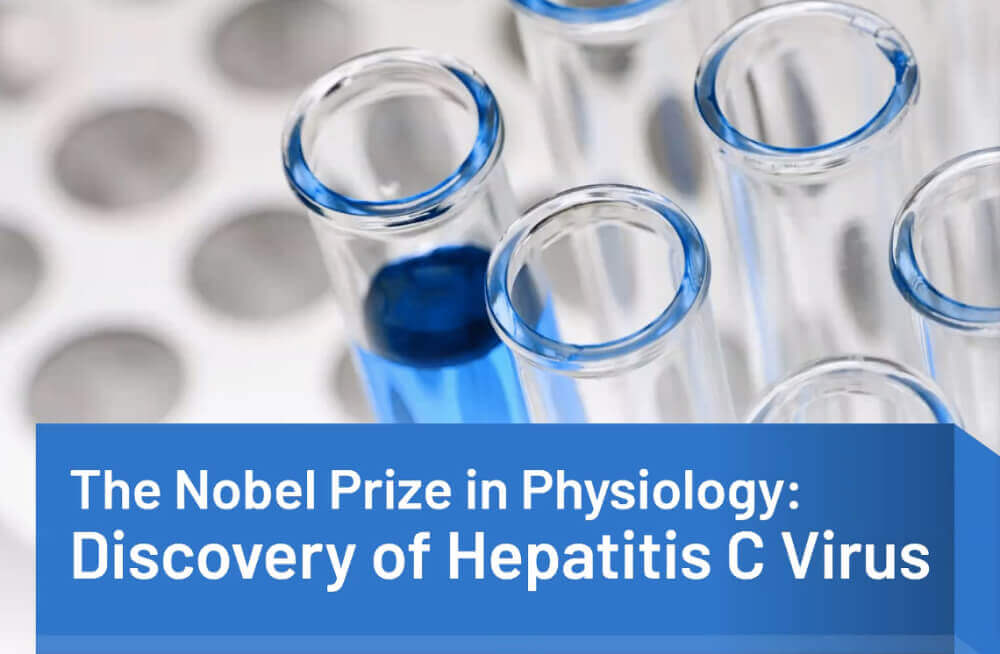
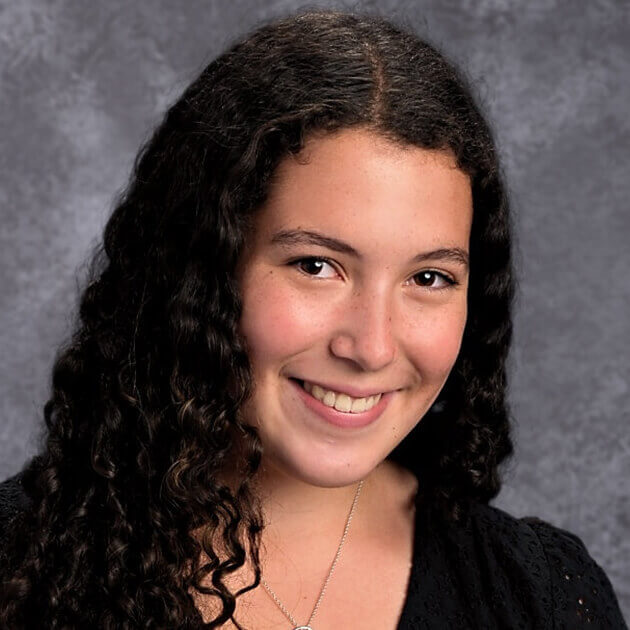
Elizabeth Bentsianov ’21 presented the 2020 Nobel Prize in Physiology to Harvey J. Alter, Michael Hughton, and Charles M. Rice for the discovery of the hepatitis C virus. Bentsianov has been in the Science Research course since Grade 10 and is currently studying “the potential applications of the newly sequenced DINGG protein in treating chronic diseases such as arthritis.”
She gave a brief history of hepatitis and explained that this discovery matters because identification of the hepatitis C virus “allowed for the development of treatment for the deadly disease. HCV-induced hepatitis is now curable with antiviral treatments, curing 95% of patients.”
Bentsianov also suggested three questions for consideration:
- Hepatitis C has nor been eradicated due to a lack of access to adequate screening. How should scientists be trying to address these disparities?
- Can the methods of virus identification used be applied to other unknown viruses?
- Should scientists aim to eradicate HCV? Is this a reasonable goal? Is that ethical?
Afterward, Bentsianov said, “I was initially interested in this topic because it was in a similar sphere of disease treatment and modeling as my own research project. Also, my mom is a nephrologist, so this finding largely impacted the way that she treats her patients and has helped her save many lives. I was most surprised by the collaborative nature of this research as the three laureates, despite not working at the same institution, were able to build on each other’s work.”
2020 Nobel Prize in Physics
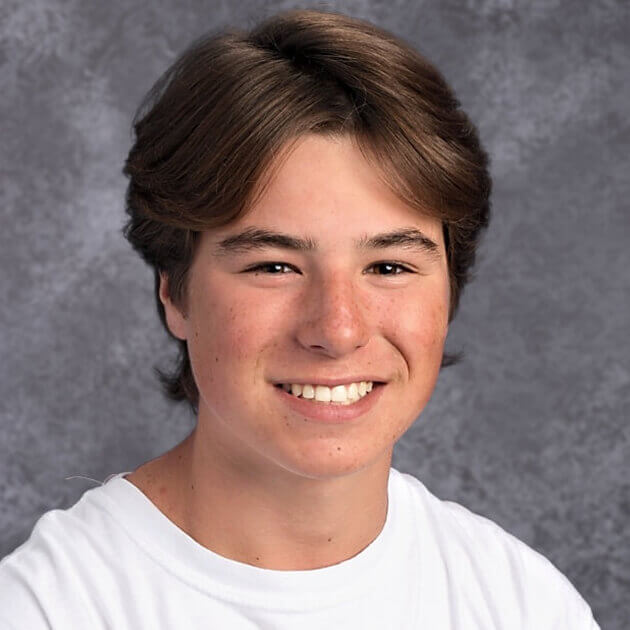
Tyler Lupovici ’22 is currently enrolled in the Science Research program and studying “a better more effective way to create and recycle plastics in a more efficient and effective way.”
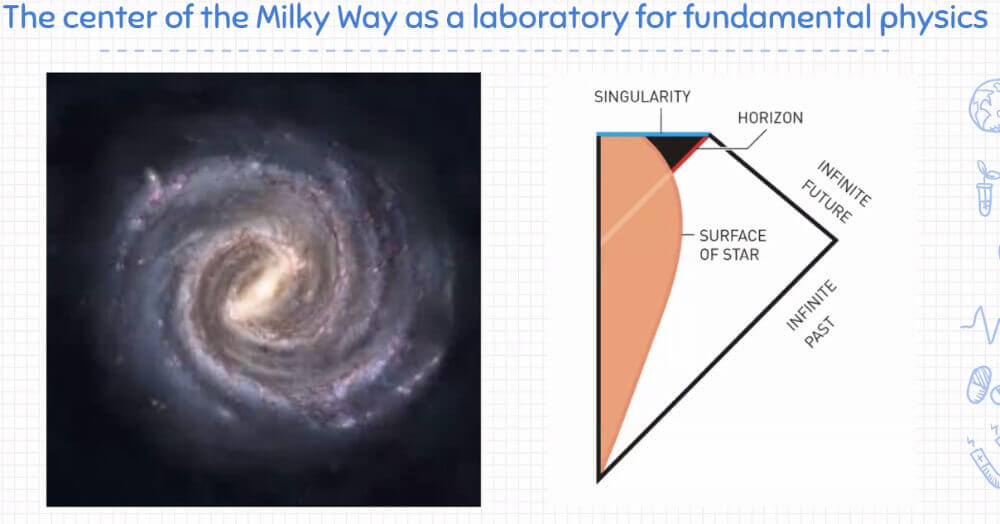
He addressed the question “What Are Black Holes?” in speaking about the 2020 Nobel Prize in Physics laureates Andrea M. Ghez, Reinhard Genzel, and Roger Penrose. “The Nobel laureates in physics discipline this year were instrumental in describing the math and science of black holes in a modern day. They were able to prove that they lie within the center of our galaxy and are constantly compressing its mass within itself.” He discussed the Singularity Theorem using Penrose diagrams to “display how a Black Hole functions.” He used slides to illustrate how the center of the Milky Way Galaxy is a “laboratory for fundamental physics.”
Afterward, Lupovici said, “Ever since I was a kid I have always been fascinated about space and what lies beyond our planet and what else our galaxy has to offer and be explored and I feel that the physics prize this year aligned with the curiosity I have had throughout my years.”
2020 Nobel Prize in Chemistry: A Tool for Genome Editing
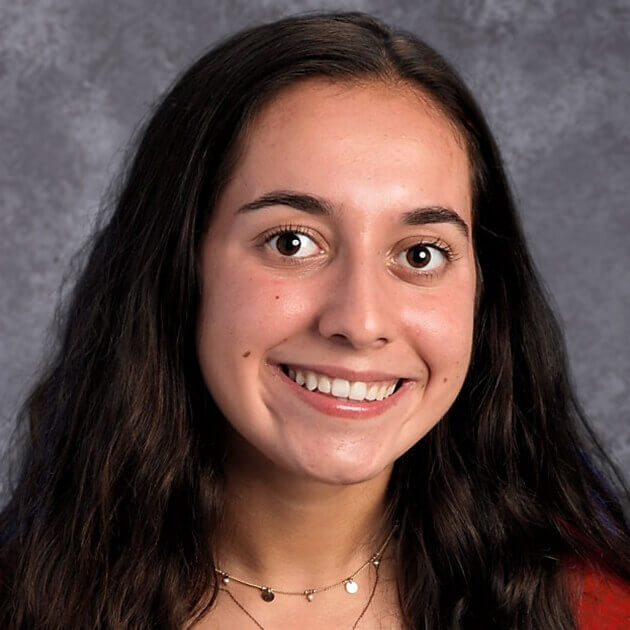
Talia Bieler ’21, also part of the Science Research class, presented about the 2020 Nobel Prize in Chemistry, which was awarded to Jennifer Doudna and Emmanuelle Charpentier for their development of a method of genome editing.
Simply speaking, an organism’s complete set of DNA is called its genome. Bieler discussed “genome editing” and specifically CRISPR (clustered regularly interspaced short palindromic repeats), a family of DNA sequences. She explained that CRISPR has garnered media attention because of ethical questions about its possible uses. CRISPR has the potential for use in agriculture, diagnostics, and disease therapy, but its use can also have ethical implications. For example, a doctor used it on two babies trying to cure them of HIV, but instead left them with other health problems. It also brings up the ethics of changing genes for future generations and the implications of “designer babies.”
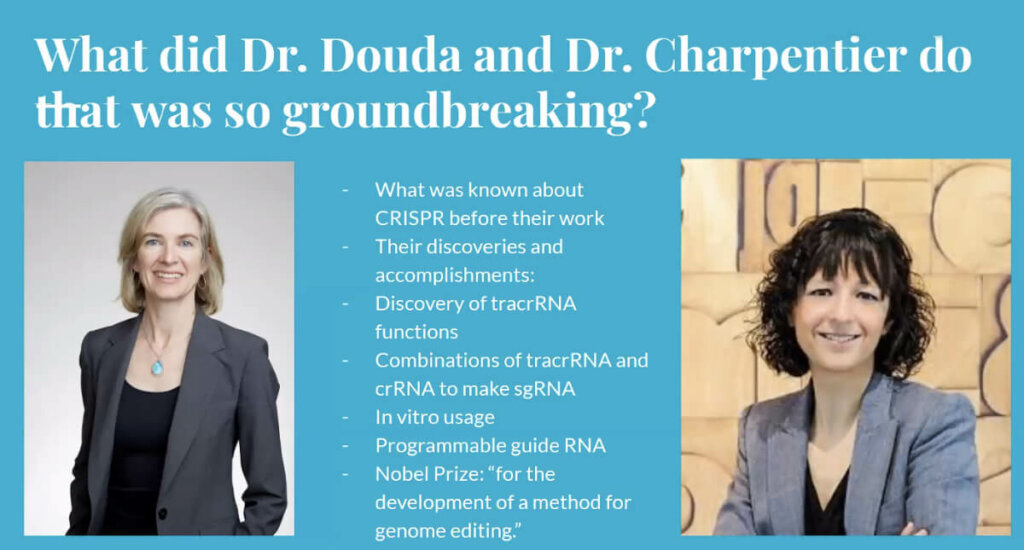
Bieler said she had the opportunity to listen to a symposium with Douda, who advised that for a young scientist, “the most important thing is curiosity.”
Bieler shared questions for students to consider:
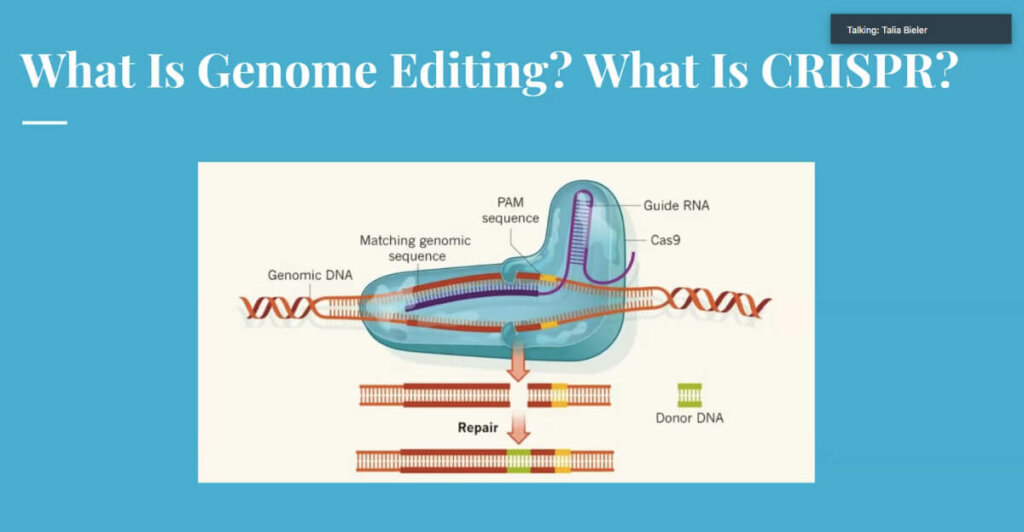
- Given the ethical controversies previously outlined, if CRISPR is to become 100% accurate without risk of off-target effects or other issues, should it be allowed to be used in germ line cells?
- How much risk should we tolerate or assume in medicine? Is 90% accuracy good enough? 95%? What if 5 % would lead to serious consequences?
- When new groundbreaking therapies or medicines are created they can often be expensive. While CRISPR is still known to be cheaper than previous genome editing technologies such as ZFN or TALENS, it will still be costly and in high demand when it is first approved to be used commercially/clinically. Discuss the concept of inequalities in access to healthcare due to socio-economic class.
Afterward, Bieler said, “I was very excited to present on these laureates to showcase their impressive accomplishments, which I find so fascinating. CRISPR has a huge potential for applications in disease therapy specifically, and I believe we will be hearing a lot more about it in medical fields in the coming years. Thus, it was wonderful to be able to celebrate the two doctors who really commenced it’s whole usage in genome editing.”
Q&A Session
Futterman opened up the forum for questions. Bieler offered one of her questions as a starter; “How much risk should we tolerate or assume in medicine? Is 90% accuracy good enough? 95%? What if 5 % would lead to serious consequences?” Bieler said she has studied bioethics as part of her Science Research project.
Bentsianov added that there is also an ethical consideration in disease eradication.
Jasmine Kaur ’22 asked the presenters if there was enough funding in the fields they had studied. Lupovici said that NASA does not have as much funding as it once did. Bentsianov said there is the need for more international cooperation and that hepatitis C shows that there is a global health disparity.
Futterman thanked everyone for being part of the Nobel Prize Lunch Forum. “We are looking to make this an annual event.”



